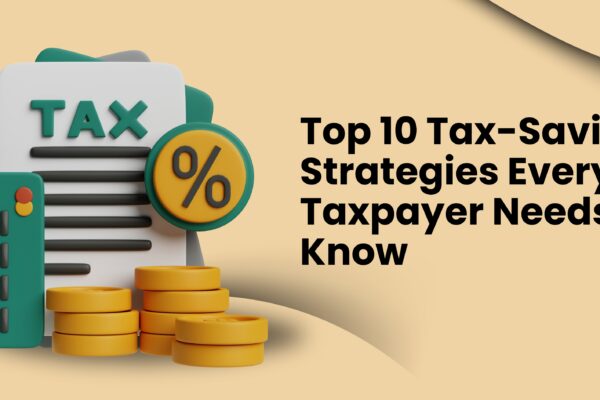Demystifying the woes of ‘Classification’
Table of Contents
1. Importance of Correct Classification
“You don’t pay taxes–they take taxes
The term “Classification” is defined as a systematic arrangement in groups or categories according to established criteria.
Under the given concept, the arrangement of varied items is into mutually exclusive but related classes.
Under the Indirect Tax regimes prevalent across the globe including India, the classification of various items which are the subject matter of tax, be it goods or services, is an essential and integral part of the whole levy and collection mechanism.
It is important both from the taxpayer’s perspective and tax collector’s perspective to have a definite class or group under which subject matters of tax can be divided.
The primary intention of classifying them is to determine whether or not the same would be encumbered by the levy of these taxes and if so, under which category the tax liability would arise.
Leviability of Tax→ Goods versus Services→ Exemptions→ Rate of Tax→ Standardization and avoiding differentiation
In multiple Tax Rate structures, there is always a certain amount of arbitrage created between the taxpayer and the tax collector for the classification of items.
For example, the tussle to classify items between the rates of 18% or 28% shall be always on the cards.
Since the Government in India as explained above, is heavily dependent on the tax collections as its source of revenue, they will always be tempted to classify items at the rate bracket of 28% and for taxpayers, the situation will be vice-versa.
The 10% gap between the rates opens the flood gates for litigation and divergent interpretations. In fact, the tax rate gap of 7% between 5% and 12% rates is also significant.
↓
Classification disputes are not new in the Indian Taxation system.
According to an estimate, currently, around 11200 cases are pending before the Supreme Court of India which are pure classification issues under erstwhile Central Excise, Service Tax, and VAT regime. Hence India has 70 years of History in the disputes over-classification of items under tax legislations.
Related Topic:
Demystifying The Interpretation of ‘A Proviso’
Definition of ‘Goods’ and ‘Services’
The terms ‘goods’ and ‘services’ have been well defined under Section 2 of the respective laws. According to Section 2(52) of the CGST Act 2017, the term goods is defined as under: (52) “goods” means every kind of movable property other than money and securities but includes actionable claim, growing crops, grass, and things attached to or forming part of the land which are agreed to be severed before supply or under a contract of supply;
The term ‘services’ has been defined under Section 2(102) of the CGST Act 2017 thus: (102) “services” means anything other than goods, money, and securities but includes activities relating to the use of money or its conversion by cash or by any other mode, from one form, currency or denomination, to another form, currency or denomination for which a separate consideration is charged:
Why it is important?
Rules differ for fixation of the place of supply, time of supply, and valuation under GST for Goods and Services.
Read & Download the full Copy in pdf:

 TaxTru Business Advisors
TaxTru Business Advisors
Consultants








